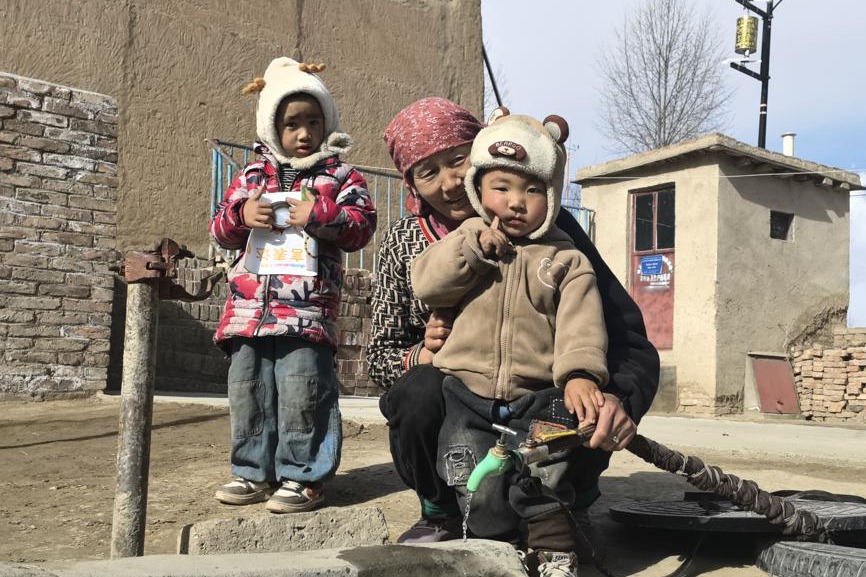Tianjin aid officials oversee quality of life upgrades for Tibetan village


The town is a typical mountainous area with a semi-agricultural and semi-pastoral economy. Traditional agriculture includes the cultivation of wheat, barley, potatoes, rapeseed, and peas, while specialty agriculture focuses on planting and processing oat forage and black highland barley.
"Rishugma village received assistance from Tianjin for its construction," Xue Dikun, a village official of Rishugma, said. "After the road was completed, it became much more convenient for villagers to purchase goods and find work outside the village."
A Tibetan village situated at an altitude of over 3,000 meters with 249 households and a total population of 1,050 people, villagers primarily rely on agricultural production, migrant work, business ventures, and dividends from village collective economic cooperatives as their main sources of income.
"Previously, we had to use horses or walk for three hours to reach Tongren city," Niangga, a 76-year-old villager who runs a small store, said. "Now, it only takes 40 minutes to get there by car."
- Tianjin aid officials oversee quality of life upgrades for Tibetan village
- Karamay launches event to mark Xinjiang's twin 70th anniversaries
- Hunan releases report on fatal ferry collision; four people arrested
- Jinhua University of Vocational Technology wins international skills competition
- Sino-foreign educators expand intl vocational training cooperation
- Shenzhou XX astronauts arrive in Beijing



































